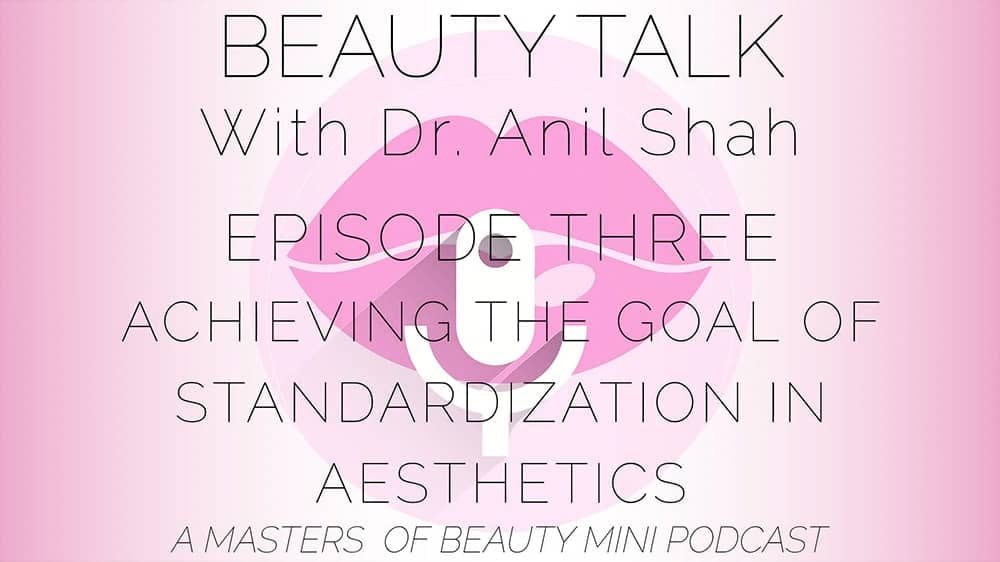
This audio podcast has been transcribed using an automated service. Please forgive any typographic errors or other transcription flaws.
Okay. So I’ve been kind of going off on this tangent lately, where I’m looking for this quest to make everything in plastic surgery, as predictable as possible. And this has been a mission of mine since I, since, since I, since I can remember. And there’s certain procedures that have been around that we’ve sort of have accepted okay. Results. And for all of us as plastic surgeons, I’d go to a meeting and whether it was my own results or someone else talking about it, there was always that looking at a result and seeing how can we make this better? How can we make these procedures more predictable and have less issues with patients, um, and make the nose, um, or makes the hair, or make the neck, all of these things, these issues that patients see so that patients who get this can get the result they want as often as they want as consistently as they want.
So let’s talk about what I’ve done. So the first thing I’ve done, I think differently, um, is using technology, uh, to really help me out for rhinoplasty. It means I’ve been doing 3d imaging and I’ve really tracked my results. And, um, you know, so often I was using 2d imaging and kind of coming up with, uh, kind of a calculation. But now that I use 3d imaging, my calculations, I think are even, uh, more accurate and trying to get that accuracy with anything you do, whether it’s a face, a neck or a nos, you really wanna have, um, that at your, your hand. So you can really, if you can make your adjustments, you find little adjustments to make sure that you’re dialed in as much as you can. Uh, the second thing I’ve done differently again with, with technology is, um, certain areas I would look at and say, how can I again, make this better and more accurate, uh, for example, for the, no, how I use, um, ultrasonic rhinoplasty now.
And so what that means is I’m using a machine that makes minute mitric changes that are done all under direct visualization of the nasal bones. Now, does that mean every nose is absolutely perfect. Absolutely not. This is a physical impossibility, but the consistency and the level of, um, uh, I, I guess, is from beginning to end of creating what you want is much more, um, um, it it’s even closer. You’re dialed in just even that bit. Uh, there’s a downside to ultrasonic rhinoplasty because my previous techniques, I think patients have less swelling. Uh, but for that small percentage of patients who have a slight, slight edge, um, I’m seeing that way less, um, for, um, hair grafting procedures, I’m using the artist IX, which again, love the artist Ninex, but again, it’s these slight subtle improvements where, um, although this new artist IX, um, it’s, it’s a massive upgrade financially.
It is worth it for our patients because we’re getting again, better site making better harvesting, and this is taking something that’s already good. I mean, really good with the I X and making it even a couple percentage points better. And that’s kind of the consistent theme I try to do with everything I do in the office. And so if I can use technology or any updates to make what I’m doing, even better, even more accurate, I try to implement that. So my goal, um, with everything I do is to really analyze results and really try to make everything as I, I guess, less deviations, less standard, um, less, uh, apparent cases and make everything as consistent as possible and as close to my plan as possible.

